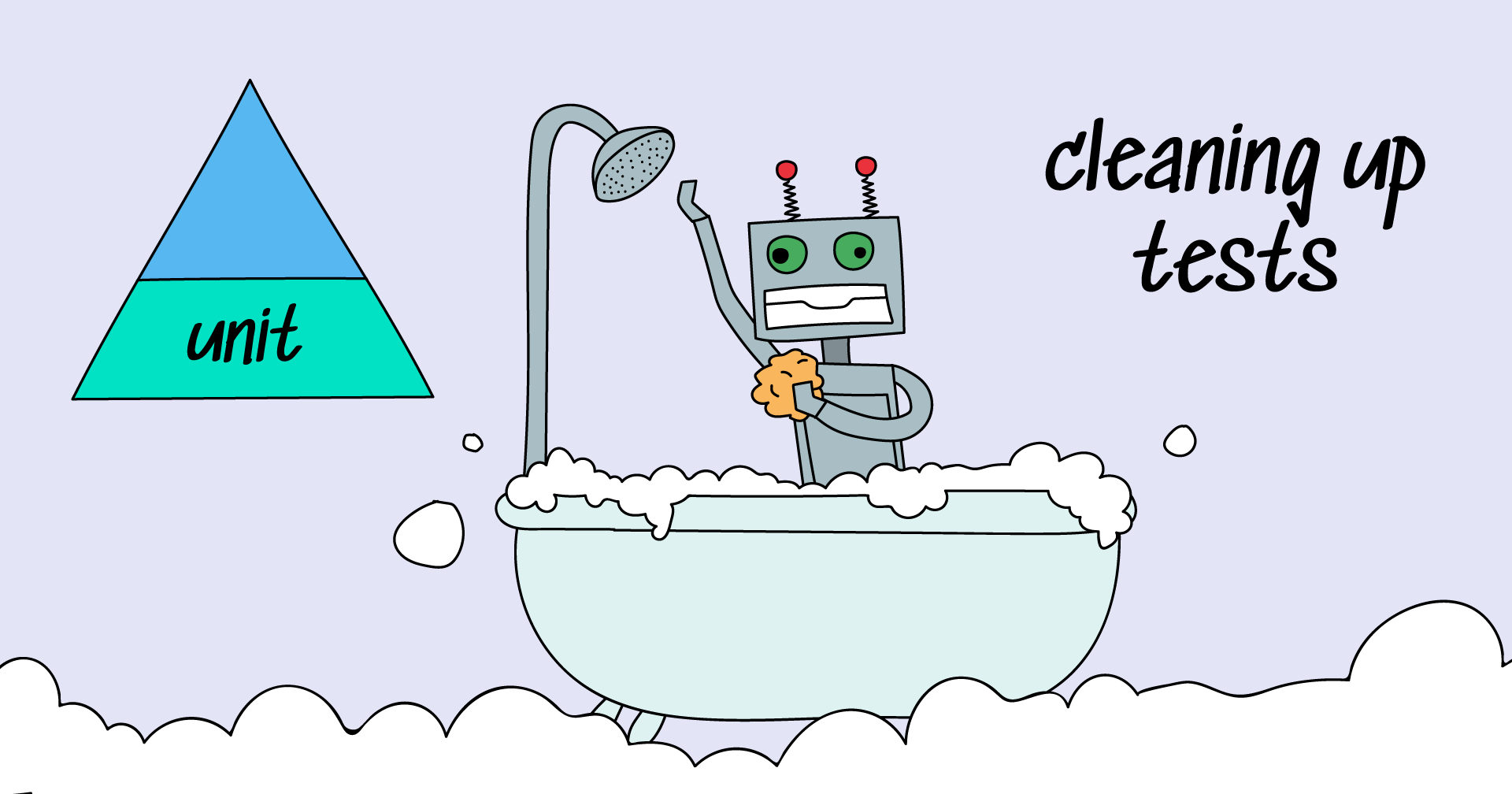The amount of testing automation keeps growing each year. There are many reasons for that, as we've discussed in our recent CPO and co-founder interview. Despite that, a lot of QA teams hold on to fully manual testing processes. We decided to think of some reasons why it might be an inefficient approach.
Routine Manual QA Demotivates Teams
People don’t become software developers because they want to do repetitive manual tasks: regression testing, software validation, etc. Routine manual testing is tedious, time-consuming, and, frankly, boring. If you still expect your team to test manually, there’s a good chance they’re bored, frustrated, and just tired of doing something manually when there’s a great automated option.
That said, implementing Automated QA will help the best and most enthusiastic QA people learn and grow as engineers while decreasing staff turnover rates.
Manual Testing Is Not Scalable
Manual testing is a hands-on process. So it stands to reason that if you want to do more of it, you need more hands. They might come in the form of more testers or manual-to-automation tools (R&P tools, FakeData, QA Wolf, etc.). Regardless of which option you choose (or if you choose both), that’s going to push your costs up eventually.
Manual Testing Is Out of DevOps
Manual testing takes time and people – but it also takes space and computing power. This means you either need to have a lot of room in your office for a dedicated testing team, or you need to come up with creative solutions.
This is made worse when you need nightly runs on feature branches. Or what if you need to handle on-demand retries on severe fails?
Manual techniques and approaches are hard to link with automation in a Dev and Ops environment and generally result in lots of pain for the people involved.
It’s the Choice of Industry Leaders
Every software enterprise from Microsoft to Uber (and everyone in between) goes for automated testing to get the products to market.
Automated testing is faster, more accurate, and since it doesn’t tie your team up doing costly but not very creative testing, it saves money too. Which is probably why all the big names are moving in that direction.
Manual QA Should Lead and Manage Testing Automation
If you’re still testing manually, and you want to make the shift, be sure to bring your current testing team on board to manage the switch. Manual QA teams are often built close to business units, so they are well-informed on the business focus. This means that with the switch, manual testers will help the team focus on business-critical quality for two reasons:
Manual testers know how to test right. Test design and expertise are needed everywhere, not just in the QA team: help your developers build better unit-testing and help your Ops team to create better quality gates.
Manual testers know what needs to be tested. Developers' tests are built to verify "the happy path", while testers urge to find all the flaws in the flow. Share your vision and help your team build automated scripts that explore all the hidden bugs.
Learn more about Allure tools
Qameta Software focuses on developing amazing tools that help software testers. Learn more about Allure Report, a lightweight automation reporting tool, and Allure TestOps, the all-in-one DevOps-ready testing platform.
Subscribe to our Monthly Newsletter (below) or follow us on Twitter, and ask for assistance on GitHub Discussions.



